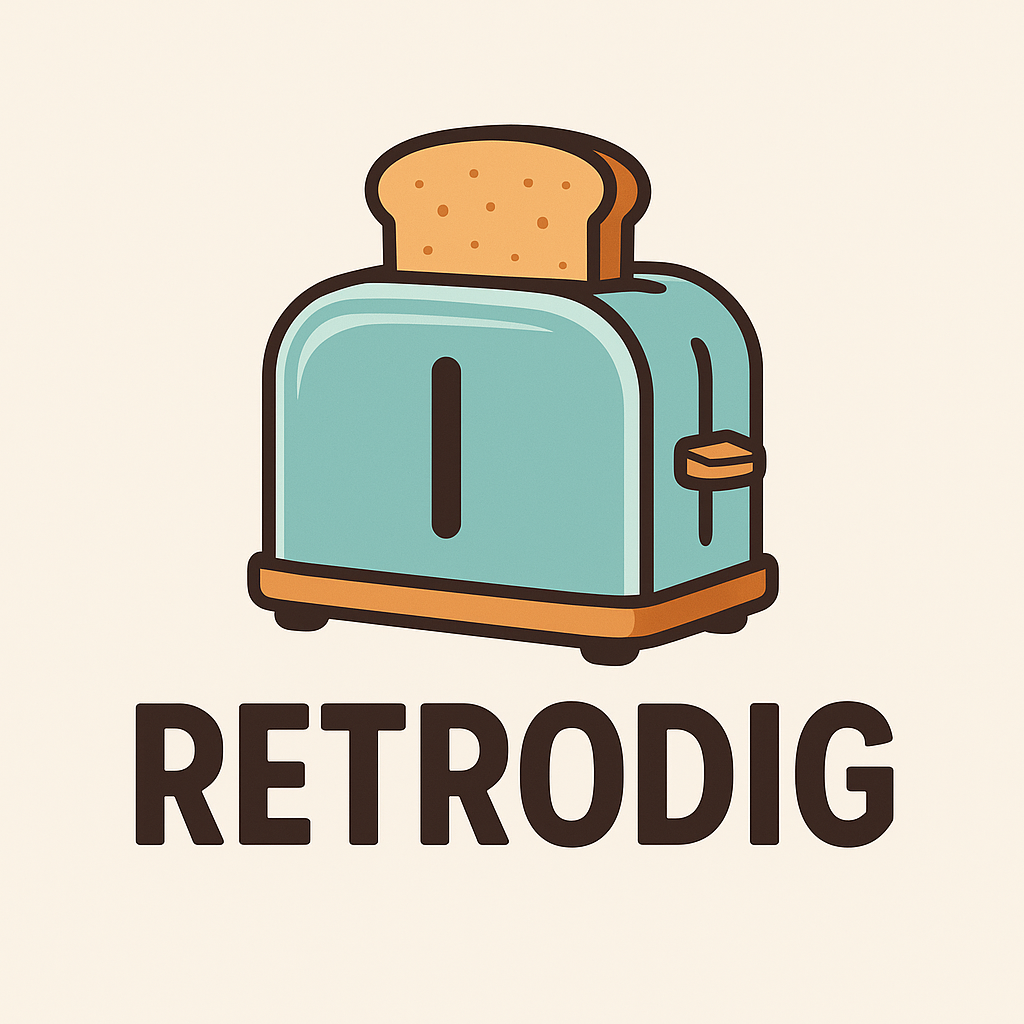Retro toasters are not just kitchen appliances; they are artifacts of design history that reflect technological innovation, consumer culture, and aesthetic trends throughout the 20th century. The evolution of toaster design can be traced alongside social and technological changes, making them fascinating objects for collectors, designers, and kitchen enthusiasts alike.
The earliest electric toasters appeared in the 1920s, with models like the Waters Gipe and Toastmaster Series. These early toasters were functional first and foremost. They often featured polished chrome exteriors, rounded edges, and minimal decorative elements. The design reflected the industrial optimism of the time, a belief in efficiency and progress, and a fascination with electrical appliances as symbols of modernity. Heating elements were exposed in the first models, requiring users to manually flip the bread. Despite this simplicity, these designs emphasized durability and reliability, which is why many models from this period are still operational today.
By the 1930s and 1940s, toaster design began incorporating more sophisticated mechanical components, including automatic pop-up mechanisms. Brands like Toastmaster and Sunbeam introduced innovations that allowed for consistent browning and easier operation. Aesthetic changes also emerged. While chrome remained dominant, small touches like bakelite handles and knobs added contrast and visual interest. The rounded, compact shapes of this period combined functionality with a sense of elegance, making these toasters both tools and decorative objects in kitchens.
The post-war period of the 1950s and 1960s saw the rise of the toaster as a design statement. With the economic boom and expanding consumer culture, manufacturers began experimenting with color, texture, and shape. Pastel shades like mint green, pale yellow, pink, and baby blue became popular, signaling optimism and domestic comfort. Designs often featured smooth curves, compact profiles, and playful details such as rounded levers and decorative dials. The Sunbeam T-20 and Toastmaster chrome-and-colored models exemplified this era. These toasters were not just functional appliances; they were centerpieces in kitchens, reflecting both technological advancement and the burgeoning American ideal of a stylish, modern home.
During the 1970s and 1980s, toaster design embraced boldness and experimentation. Designers incorporated geometric shapes, metallic accents, and wood paneling to create visually striking appliances. Bright oranges, deep browns, and avocado greens dominated the palette. Functionality continued to improve, with dual-slot designs, adjustable browning controls, and safety features becoming standard. Iconic models from this period often balance aesthetic boldness with engineering sophistication. Collectors value these toasters not only for their appearance but for the quality of materials and craftsmanship, as many of them are still fully functional decades later.
Culturally, retro toasters have become symbols of nostalgia. They are objects that connect people to a simpler, more tactile era, before the ubiquity of digital controls and plastic-heavy construction. They remind us of mid-century kitchens, morning routines, and the sensory experience of using durable, well-designed appliances. Owning a retro toaster is both a practical choice and a statement about valuing design history.
From a collector’s perspective, the most iconic retro toasters are those that combine unique design elements with historical significance. Models with unusual colors, distinctive shapes, or pioneering mechanical features are highly prized. Condition, rarity, and brand also play a major role in valuation. Restored or well-preserved examples can fetch high prices on collector markets. Enthusiasts often focus on models that represent specific eras, such as 1950s pastel designs or 1970s geometric metallics, because they exemplify the trends and attitudes of the time.
Understanding the development of toaster design reveals how a simple kitchen appliance can reflect broader trends in technology, culture, and aesthetics. Each era’s models tell a story about what people valued in their homes, how they approached functionality and style, and how design evolved alongside social change. A retro toaster is not just a tool for browning bread; it is a window into history, craftsmanship, and cultural expression. Collectors and enthusiasts alike appreciate these appliances not only for their operational purpose but also for the narrative they carry and the visual charm they bring to modern kitchens.
Before you make your final choice, check out our full Retro Toaster Buyer’s Guide. It breaks down everything you need to know about materials, durability, heating performance, and extra features so you can pick the perfect toaster for your kitchen.
